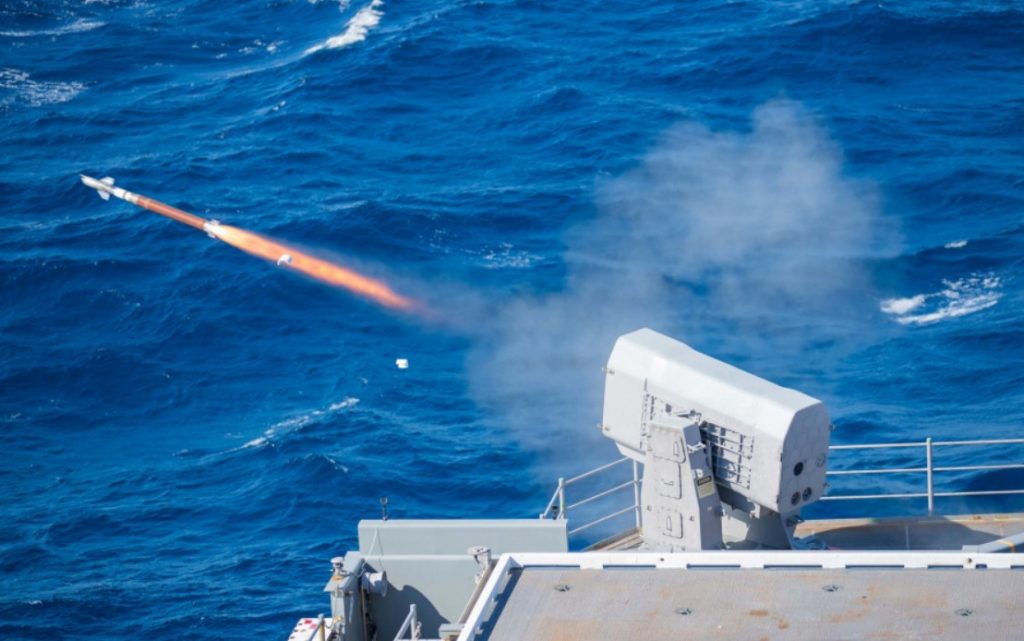
The US Navy’s newest aircraft carrier USS Gerald R. Ford (CVN 78) has come one step closer to its maiden deployment with the successful completion of combat systems ship’s qualification trials (CSSQT).
The milestone represents a major milestone in validating the ship’s capability to defend itself and the crew.
The trials, which started in February, consisted of five phases. The completion of the final phase, 2C, and CSSQT overall, is the culmination of years of planning.
There is more work to be done before the ship, which entered service in 2017, starts its first operational deployment. The navy expects this could happen in 2023 at the earliest.
The amount of preparation is necessary as the navy is tackling multiple issues presented by the ship’s numerous new technologies. In addition to being the navy’s first aircraft carrier design in 40 years, Ford incorporates over 20 new technologies, including all-new systems for the arming, launching and recovering carrier-based aircraft.
The service is still working on getting all 11 of the ship’s advanced weapon elevators up and running, while the electromagnetic aircraft launch system (EMALS), which is replacing the traditional steam catapults, is still causing problems.
During CSSQT, Ford faced off against rocket propelled drones capable of speeds in excess of 600 miles per hour; towed drone units (TDU) that simulate rockets; and remote controlled, high-speed maneuvering surface targets (HSMST).
The crew countered, relying on their skills and training to operate Ford’s advanced defense systems. They used the rolling airframe missile (RAM) launchers, firing off RIM-116 missiles; the NATO launchers to fire the evolved sea sparrow missiles (ESSM); and the Mk-15 Phalanx close-in weapon system (CIWS) to fire armor-piercing tungsten bullets.

“I could not be more proud of our sailors and their historic accomplishment,” said Capt. Paul Lanzilotta, Ford’s commanding officer. “CSSQT was a live-fire, hands-on opportunity to prove the self-defense capability of this fine warship. We always intend to use our embarked air wing to influence our adversaries at great ranges from the ship, but if they’re able to get a shot at us, this event has shown our crew the formidable nature of our organic weapons.”
As the first crew to fire Ford’s missiles and complete this mission, it is a huge accomplishment, according to Chief Warrant Officer 2 Todd Williamson, Ford’s fire control officer, and it began with the on-load of the missiles.
“Getting missiles transported and loaded onto a ship is a big movement that requires coordination between multiple entities,” said Williamson. “The missiles were craned on to the ship. The Air Department, Aviation Intermediate Maintenance Department, and fire controlmen were all involved in the process, and our [In-Service Engineering Agents] ISEA provided oversight.”
CSSQT is the culminating combat systems test of Ford’s 18-month post-delivery test and trials (PDT&T) phase of operations. Following PDT&T this month, Ford will start preparations for full ship shock trials, scheduled to occur during the summer, to validate the ability of new construction ships to carry out assigned missions and evaluate operational survivability after exposure to an underwater shock.
“[CSSQT] was probably the single-handed greatest feeling I’ve felt on this ship so far,” said Huyge, describing how he felt watching the live-fire evolution in CDC, after many years of hard work. “I would say what I felt was fulfillment. It was a high level of fulfillment.”


























